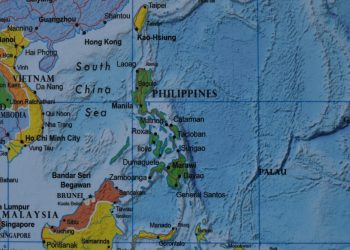An offshore demonstration conducted from May 25 through 28 by OceanBased Perpetual Energy, in collaboration with the Southeast National Marine Renewable Energy Center (SNMREC) at Florida Atlantic University (FAU), has demonstrated that clean, renewable perpetual energy can be derived by harnessing the Gulf Stream current off South Florida.
After a month-long postponement related to COVID-19, the team fielded three distinct types of ocean current energy converters (OCECs), which are turbines configured for hydrokinetic use. The OCECs were submerged in the Gulf Stream current approximately 20 miles offshore between Broward and Palm Beach counties, where the powerful water’s velocity typically ranges from 3.5 to 5.5 miles per hour (3 to 5 knots) without interruption.
OceanBased engineers mapped out how a seabed-based power substation would receive incoming electricity from the powerful Gulf Stream current flowing through the OCECs. The electricity generated would then be transmitted through a relay substation connected by a seabed cable running 15 to 20 miles back to the seashore. On land, an additional substation would connect to the national electricity grid or be tapped for other viable uses, such as powering hydrogen fuel plants, blockchain mining or server and data storage centers.
OceanBased formed its partnership with FAU’s SNMREC in 2019 to advance the company’s hydrokinetic research into responsible marine-based power generation. SNMREC is one of three centers designated by the U.S. Department of Energy to assist companies with the responsible development of marine renewables.



























































